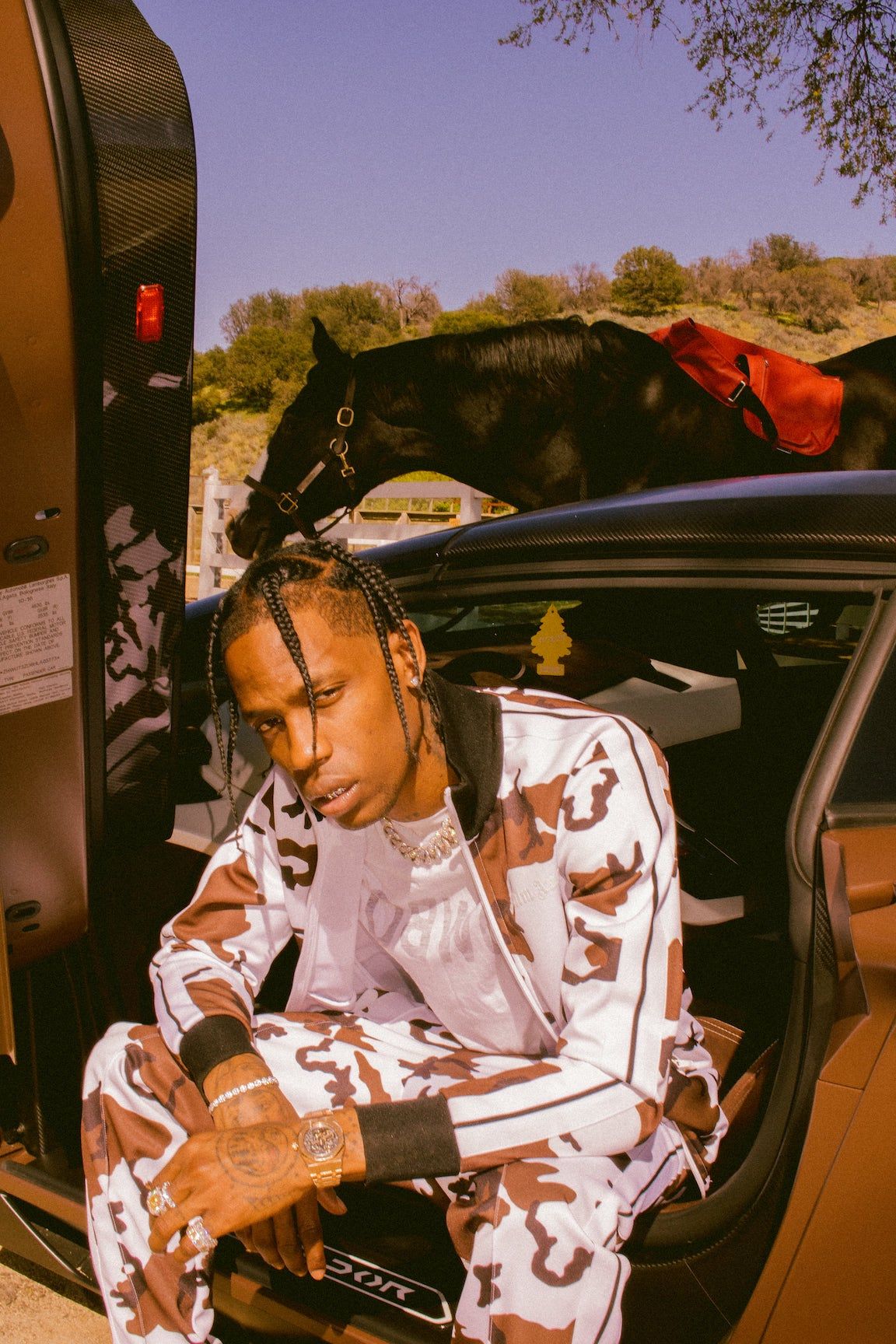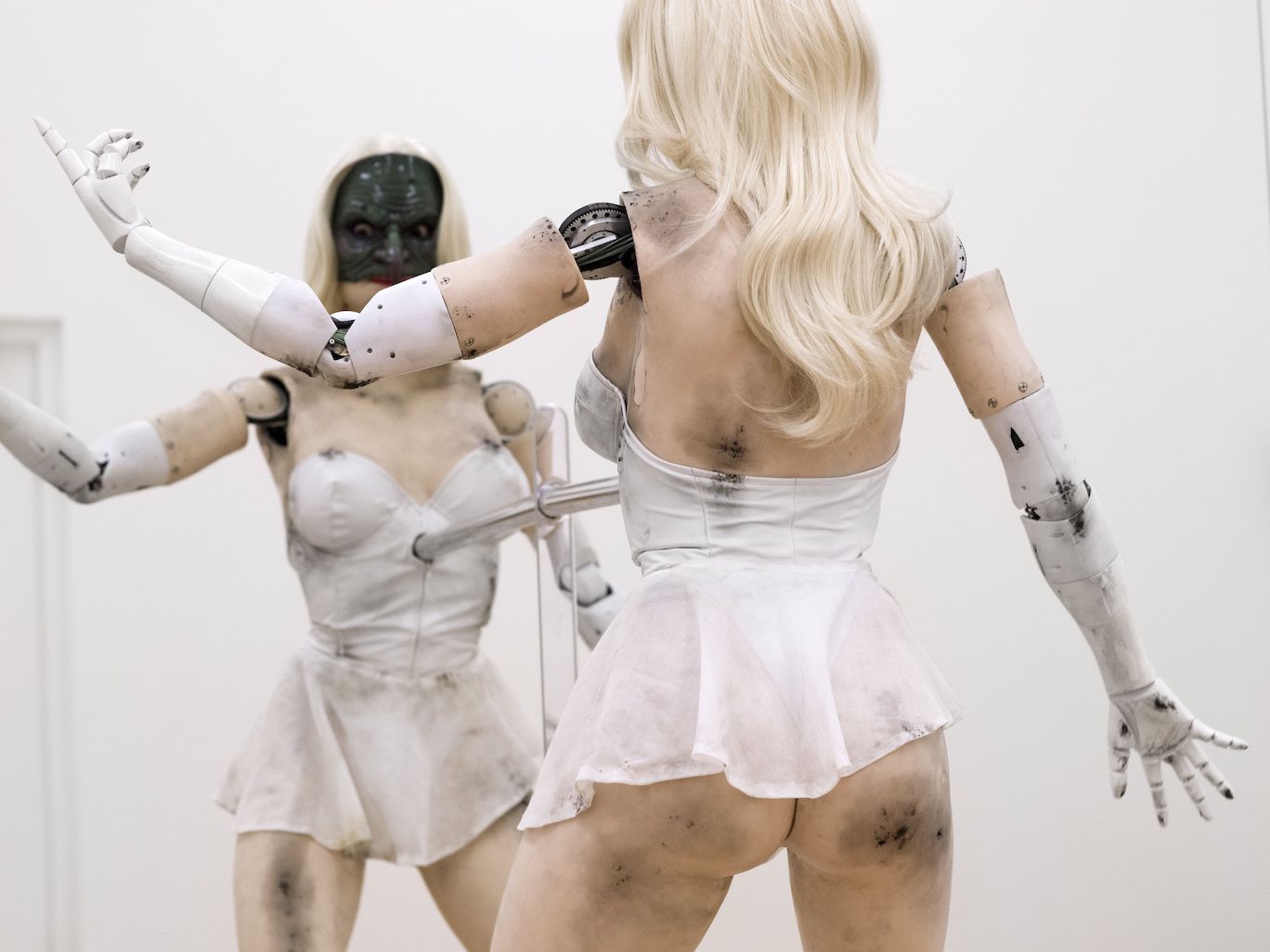RBMA Co-Founder Many Ameri on Two Decades of Musical Exchange
|Philip Maughan
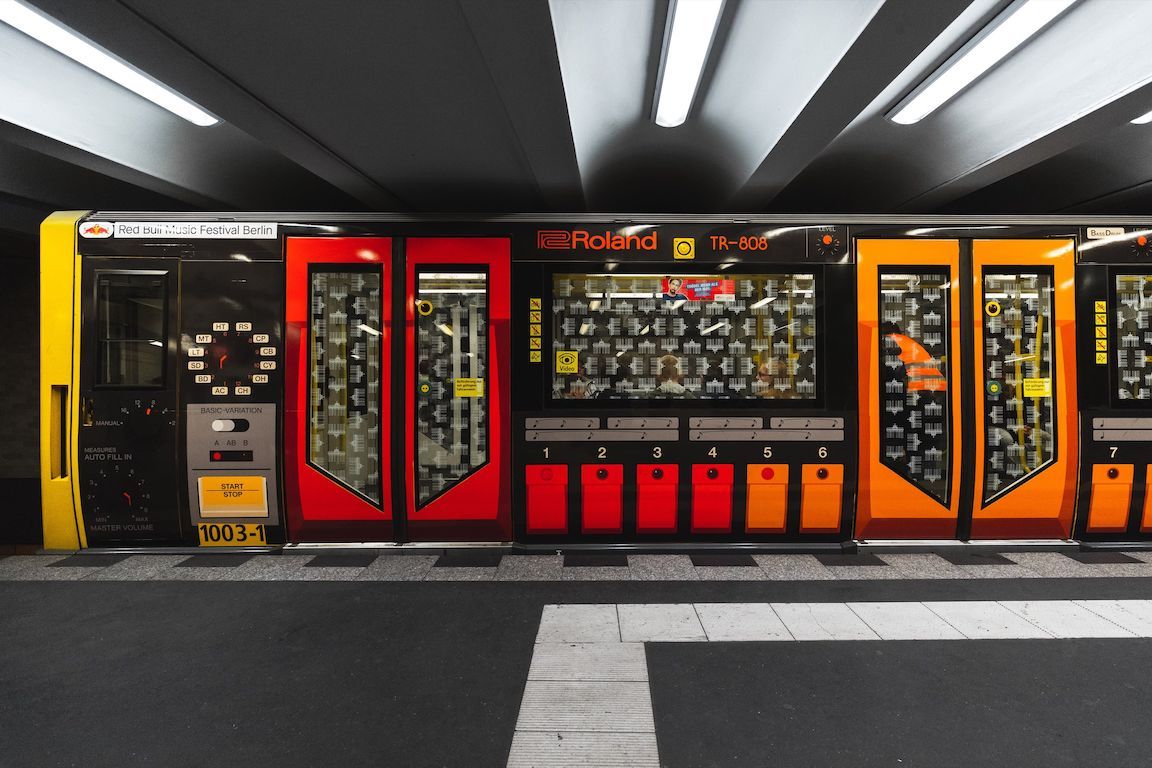
Since its debut in 1998, the Red Bull Music Academy has provided a roving laboratory for emerging musicians who complete a rigorous curriculum of studio sessions, lectures by established artists, and unique performances and collaborations. Participants are selected from around the world to attend the Academy, which takes place every Fall, and which began life in Berlin twenty years ago with an inaugural lecture by techno wizard Jeff Mills. For its twentieth anniversary, RBMA has returned to the city where it all started. 032c spoke to Many Ameri, who co-founded and runs the Academy along with partner Torsten Schmidt.
032c: How has the Red Bull Music Academy evolved over the past 20 years?
Many Ameri: You know, quite a few things have stayed the same! From the start, the idea was to bring people from different musical backgrounds together and offer them an environment in which they could learn from our lecturers and learn from each other. Even the numbers were similar when we started: we have two groups of 30 participants attending two, two-week terms during each Academy. Since the first year we’ve had 8 so-called bedroom studios, and 30 participants. We gently encourage people into a position where they need to collaborate. That’s stayed the same.
Of course the profile of the people who attend has changed quite drastically since the first year. Back then we were a bunch of Germans, Austrians, and Swiss people – a pretty pale group of people all of whom were into hip hop turntablism, or techno, or house music. Now we get applications from more than 100 countries – I think it was 109 this year – with people representing a lot of different music and cultural backgrounds. When we started everything was very much focused on DJing, but access to more affordable software and technology has expanded. I think everybody at the Academy now would consider themselves a music-producer first, and then maybe instrumentalists, multi-instrumentalists, vocalists, or DJs. The one thing that connects them all is that they actually make music – which enables them to have this exchange while they’re here.
Was it a coincidence that RBMA returned to Berlin this year?
We usually don’t come back to cities where we’ve hosted Academies previously, but Berlin is a very different place from what it was in 1998, and it seemed appropriate to wait for a round number to return.
How do you think the city has changed – for musicians in particular?
Well, there are a few very banal things to say. When we did RBMA in 1998 you already had a bunch of international artists coming to play clubs like WMF and Tresor, but that Berlin wasn’t necessarily a place where one would settle. Right now I think we have maybe around 150 alumni who live here full-time – people who certainly weren’t born in Berlin, who come from all over the world, and have decided to stay here. That for sure has changed the city and the perception of what Berlin stands for quite drastically. I’m not going to get into any of those rants about how things were better or worse or whatever. I actually think it’s interesting to see so many people come here with dreams in their heads, and things they want to express. Having a community of people that really want to make that happen somehow creates an interesting air of utopia at least. The rest of reality is then for you to cope with.
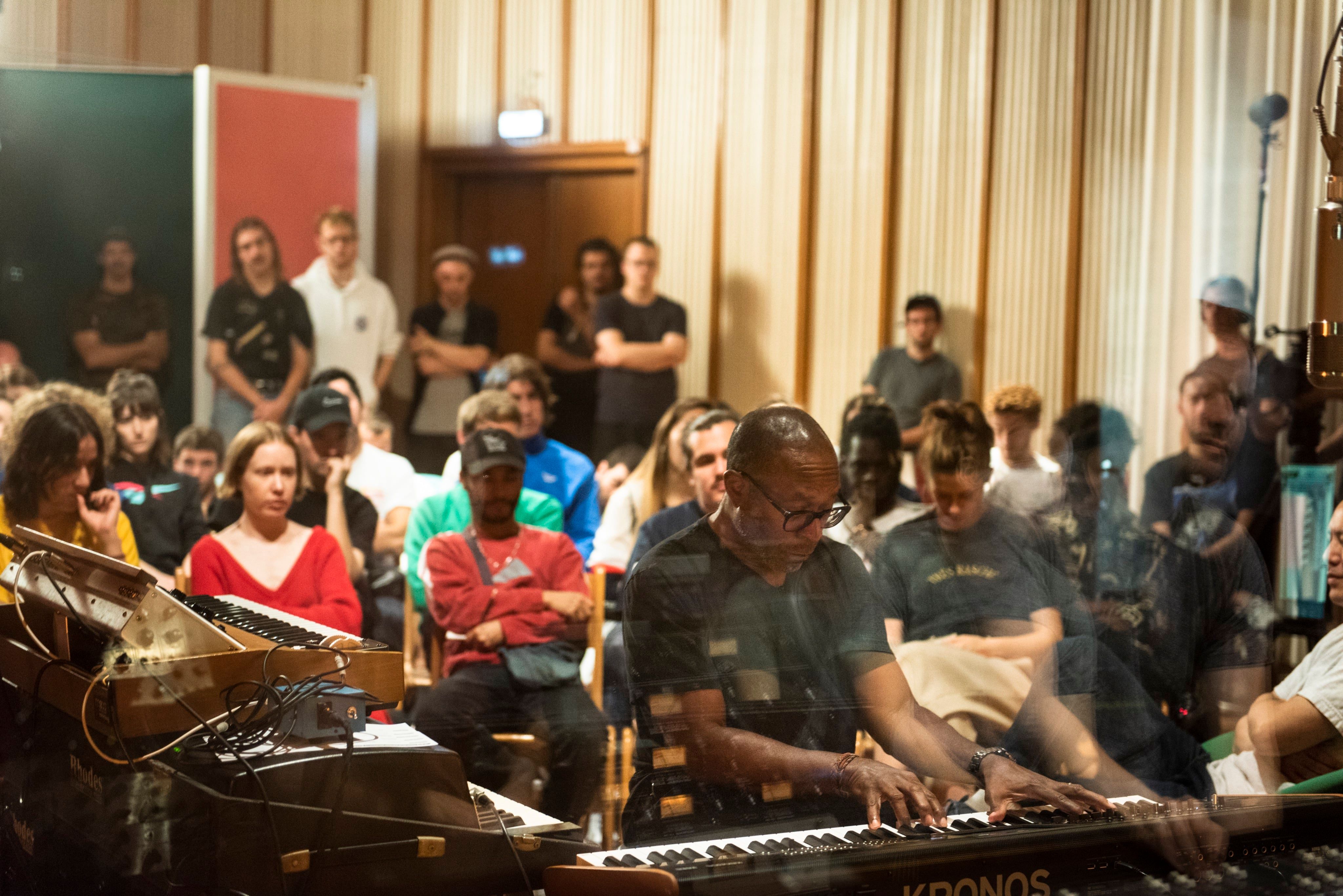
What does an average day look like for an RBMA participant, and do you keep in touch with people afterwards?
An average day usually starts around 09:30-10am, and begins with breakfast. Then the studios are open for people to make music in. At midday there’s a lecture of one and a half to two hours, followed by lunch. After that, there’s another lecture. I think the important thing to note is that all the studios in the building are open to use whenever, except for during those two lectures. The most important thing to us is that the participants that come here get exposed to each other – because there’s a reason why we invite them here. We have two studio teams that work for the two terms. In the first term we had people like Mike Banks of Underground Resistance, Marco Passarani, Dorian Concept, Lucrecia Dalt, Deradoorian – people who have been to the Academy either as lecturers or participants and who come back to facilitate collaborations between participants. The approach in the studio is never, “Okay, how can I make the best possible track?” It’s more: “How can I create a project that will allow me to learn from the others in the group.” So you will be a noise producer from Japan, and you will have met a hip-hop producer from, I don’t know, Sweden, and Marvin Gaye’s songwriter, and then you figure out what’s going to happen next. The studio sessions would go till 9pm or 10pm, which is when the participants go to the gigs that are happening around town. We have around 25 events during the Academy, and all the participants are integrated into these shows, and then in many cases they still come back to the Academy, back to the studio. There’s very little sleep.
That’s really intense. It sounds like music bootcamp.
It can be confusing and intense. I think what’s really beautiful about Funkhaus, the former GDR broadcasting center where this year’s Academy is taking place, is that it’s almost like you’re on another planet. I mean, not only is it insane behind these gates when you consider the amount of electricity and music that surrounds you, but it’s also the fact you can just step outside and sit by the water, just to get a break and breathe before going back into a session. It’s nice to be removed from the bustle of the city.
Are there any standout moments that meant a lot to you personally?
Many. Some are more spectacular and some might be more subtle, but I wouldn’t say that they’re any different in their quality. I mentioned Mike Banks briefly, of Underground Resistance. We did a show in Seattle called ArRange, which was basically about old-school rangers swapping material with their modern-day counterparts. So you had people like Clare Fischer, who’s done a lot of arrangements for Donald Byrd and Michael Jackson. Brent Fischer, his son, who did a lot of the Prince arrangements, and David Matthews, who was James Brown’s band leader. These kinds of cats. And then on the other hand, you had people like Underground Resistance and Kirk Degiorgio and Oh No, Madlib’s brother. The idea was to swap material and arrange it for a symphonic orchestra. Mike and I didn’t know each other well at the time, but the one thing I knew was that we were not okay to photograph him. Obviously, nobody came close to him with a camera, but during rehearsals there was this one moment when he pressing the chords on this keyboard, and there was a 36-piece orchestra behind him playing the same chord, and you just saw how it took him when he heard what usually comes out of a machine being played behind him by an orchestra. He came over to me and said: “Hey, can you take a picture for my mom?”
I think the one thing people are struck by here is that there’s a lot of musicians that work here, and the team are quite humble, and they really try to encourage people to leave their egos out the door. So when you see, I don’t know, Carl Craig kneeling on the floor, looking for cables, or Just Blaze, Jay-Z’s producer, carrying boxes around – like, who are you to give people an attitude? It creates an atmosphere where people meet each other on eye level, and a participant can meet someone who’s been a real idol to them. Seeing them just having a conversation as if they had known each other for many years, and that there’s really nothing that separates them but a few decades, is really beautiful.
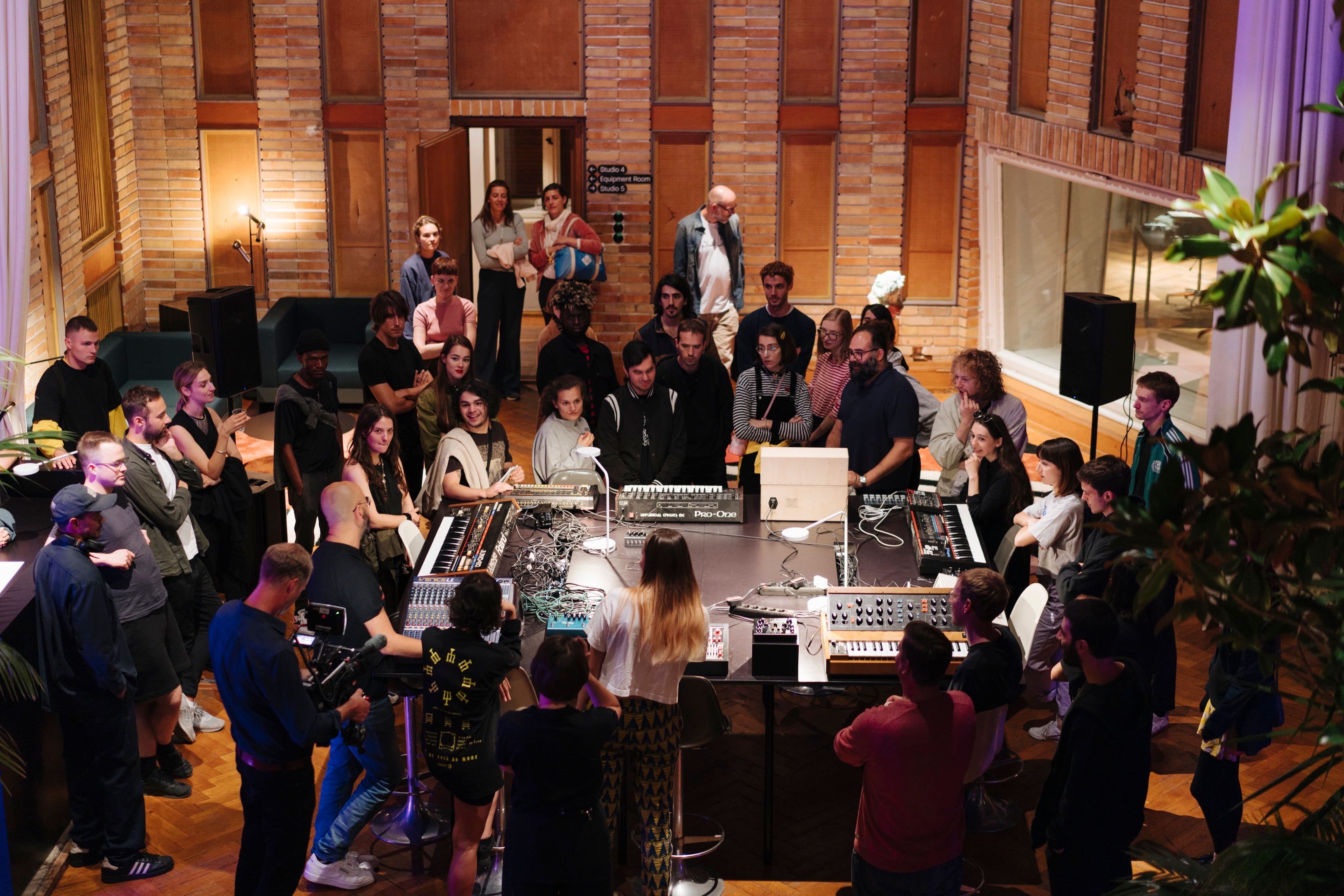
It’s also quite unusual to see artists talking so pointedly about their craft. It’s not marketing. It’s far nerdier than that.
Yeah, because they’re not here to sell anything. I think the atmosphere that makes these lectures turn into the one definitive interview that an artist might give is because they happen out of their promotion cycles. They’re speaking to a room of strangers who are all musicians. Some of these people are very much familiar with who they are, and so the artists really need to connect on a very universal level, and say, well: “This is what went wrong in my life, and this is how I’ve channeled that through music,” or “This is how I create.”
What would you highlight from the remainder of the 2018 program?
There is something we’re doing at Tresor on October 9 called Sturm und Klang, which is part of a series we’ve been doing around the globe called “Drone Activity and Progress.” It’s almost like a festival with 20 different artists working with noise and extreme forms of music who are put together for this one night. Then there’s a show we’re doing on October 4 at Velodrom UFO called Culture Clash, which we’ve also been running around the globe. It’s built around the classic Jamaican sound clash principle, where people are competing to win over the crowd. It’s a bit like Bridge for musicians – where you can only play a certain record at a certain time, and when it’s been played by someone, the other side can’t. So people come in deeply prepared. It’s really something to watch. One of the signature talks of the Academy will be a conversation with Pusha T, which is happening at Kino International on October 10. Certainly a person with a lot to say. In these times of ours I’d be curious to see what he wants to talk about when he comes in.
Credits
- Interview: Philip Maughan
